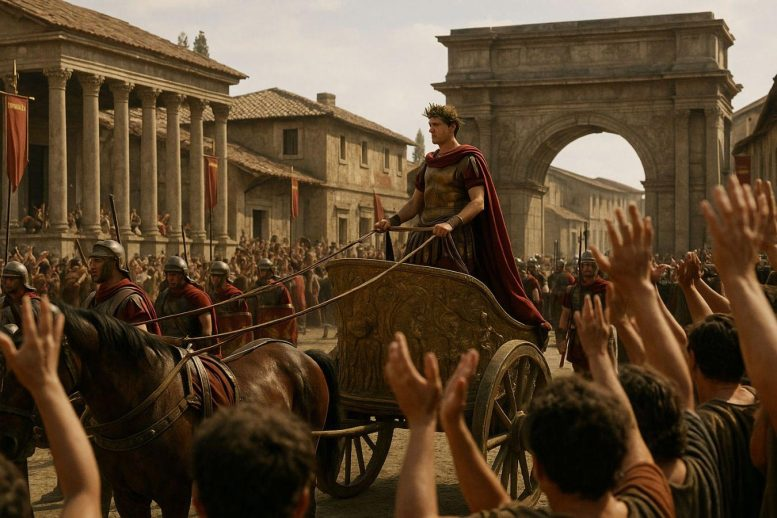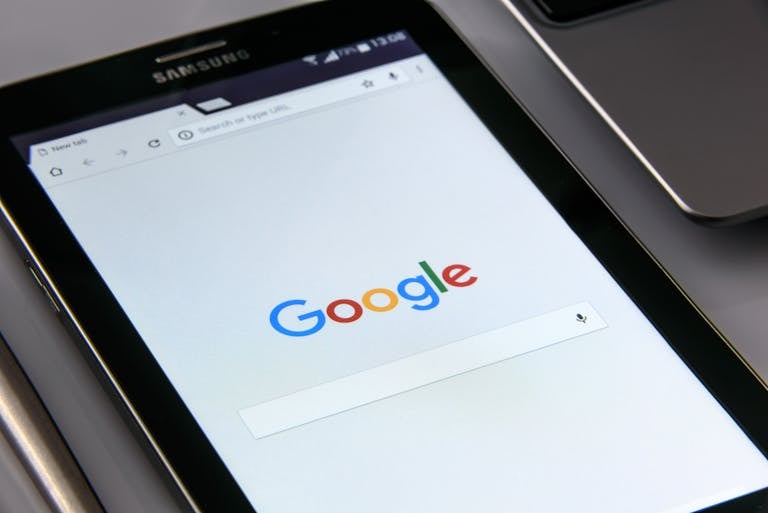How AI Is Helping Us See Ancient Rome and Greece More Accurately

Artificial intelligence has already proven its power in creating stunning art, portraits, and even fictional worlds. But when AI image generators are asked to recreate the ancient past, the results are often more funny than accurate — like a Roman centurion in sneakers, or a gladiator wearing sunglasses. These comical mistakes happen because mainstream AI tools are trained on modern photos and digital art, not on carefully researched historical evidence.
To address this, researchers at the University of Zurich (UZH) have launched a project called Re-Experiencing History. The goal is to generate images of antiquity that are not only visually compelling but also historically faithful. Unlike standard AI platforms, this system integrates classical studies, academic literature, and ancient sources to create reconstructions of how people, objects, and events might have truly looked.
Who Is Behind the Project?
The initiative is a collaboration between two fields that don’t usually meet: ancient history and computational linguistics.
- Felix K. Maier, a professor of ancient history at UZH, leads the historical side.
- Phillip B. Ströbel, a computational linguist, manages the technical AI development.
- The project is supported by researchers such as Michèle Egli, Nicola A. Steger, and Eva Maria Willi, along with other contributors at the Ancient Studies Lab in Zurich.
Their collaboration is deliberately unconventional. Maier admits that he often needs technical explanations to understand how the AI models function, while Ströbel must adapt computer science tools to historical precision. This back-and-forth is what makes the project unique — each discipline fills the gaps of the other.
The project is part of the Digitalization Initiative of the Zurich Higher Education Institutions (DIZH) and received funding through the Founder Call program.
What Makes This AI Different?
Re-Experiencing History does not rely on one generic image generator. Instead, the system merges three separate AI models, each chosen for specific strengths. These models are trained and refined using:
- Academic research on Roman and Greek culture
- Archaeological records
- Ancient written sources
- Reconstructions from established historical work
Users can also refine prompts automatically. Instead of simply typing “Roman triumph,” the system guides users to think more carefully: What kind of triumph? Where was it held? How visible was the general? How crowded were the streets? This prompt refinement ensures that users don’t just get a flashy picture, but a reconstruction grounded in evidence.
The platform resembles ChatGPT, but for images. You type a query, choose a model, and adjust settings like LoRA scale (a fine-tuning parameter in AI image generation). This design makes it accessible to researchers, teachers, and students who may not be AI experts but want accurate historical visuals.
Why Is This Needed?
Traditional AI tools often create anachronisms when asked to depict the past. Some examples from early trials include:
- A Roman triumphal procession where spectators were taking smartphone pictures.
- Onlookers with overly muscular “Hollywood” physiques that don’t match ordinary Roman citizens.
- Cityscapes of Rome that appeared too clean and modern, ignoring the messy, crowded, and dirty reality of the ancient city.
These errors reveal the limitations of AI trained mainly on modern images. By contrast, Re-Experiencing History feeds the AI with context-appropriate training data so that soldiers, dice, sandals, and architecture look closer to what historians know from evidence.
The researchers emphasize that the tool is not about producing a single “correct” version of the past. Instead, it generates visual hypotheses — images that provoke discussion, raise new questions, and force users to think critically about what is plausible.
Educational and Museum Applications
One of the project’s main goals is education. Teachers and professors can use the tool in classrooms to spark curiosity and critical thinking. For instance:
- High school students asked to recreate the coronation of Charlemagne can use the platform to test different interpretations. They might explore how the Pope positioned himself during the ceremony to appear more dominant than the emperor.
- Students learning about Roman triumphs can visualize the parade, analyze whether the general was clearly visible in the crowd, and question how victory was staged.
The project also plans to collaborate with museums. Visitors may soon have the chance to generate images tied to specific exhibitions. For example, while viewing artifacts, they could use the platform to reconstruct how these objects might have been used in real life — effectively creating “mini-exhibitions within exhibitions.”
This participatory approach fits with modern museum practices, where visitors don’t just consume information passively but actively contribute to how history is experienced.
Not Without Mistakes
Even though the models are fine-tuned, the AI still makes mistakes. Sometimes sandals, dice, or clothing details come out wrong. But the researchers argue that these flaws are opportunities rather than failures. Each error becomes a teaching moment, showing that history is not absolute but always a process of interpretation and reconstruction.
Students testing the platform have already reported that it made them see Roman triumphs in new ways. By engaging directly with images, they started asking questions they hadn’t considered before.
Related Research: Bringing Rome to Life
Alongside the platform, Maier and Ströbel have co-authored a study titled “Bringing Rome to Life: Evaluating Historical Image Generation”. This research tested how well AI could generate historically accurate images using DALL·E 3.
- They created 600 images based on 100 prompts.
- The scenarios included the Roman triumph and the Lupercalia festival.
- 21 students of ancient history evaluated the images, alongside automated tools like visual question answering systems.
The findings were eye-opening: AI models sometimes rated their own images as more accurate than human experts did. This gap highlights the danger of relying too heavily on algorithmic evaluations, which might overlook subtle historical inaccuracies.
The study contributed:
- A dataset of prompts and generated images
- Methods for combining human and automated evaluation
- Insights into how historical accuracy can be measured in AI-generated visuals
This kind of research will likely set a standard for how future projects assess the credibility of AI in historical visualization.
Why Interdisciplinary Work Matters
The project demonstrates the power of crossing disciplinary boundaries. Historians alone cannot master the intricacies of AI, while computer scientists often lack the cultural expertise to spot inaccuracies. By combining forces, the two fields can go further than either could alone.
Maier stresses that in today’s digital world, cross-disciplinary cooperation is not optional. Without it, the humanities risk being overwhelmed by AI tools developed without their input. By actively shaping AI for historical use, humanities scholars ensure their fields stay relevant in the modern era.
Broader Implications: AI and Our View of the Past
The rise of AI images raises important questions about how we perceive history. At a public discussion event in Zurich titled “Fake or Fact: How AI is Changing Our View of History”, researchers highlighted the risks of uncritical use of AI imagery.
Photographs have always been staged to some degree, but AI takes this to another level. With just a few words, anyone can produce a realistic-looking image of the past. If these images spread without context, they could mislead the public into thinking they represent historical truth.
This is why Re-Experiencing History is so important. It doesn’t just create pictures; it trains users to question, analyze, and interpret what they see.
Expanding Beyond Rome and Greece
Currently, the project focuses on the Greco-Roman world, but the approach could be applied elsewhere. Imagine historically informed AI tools for:
- Ancient Egypt and Mesopotamia
- Medieval Europe
- Indigenous cultures across Africa, the Americas, and Asia
Each culture has unique challenges. For example, Egyptian art was highly stylized, while medieval European sources often mix myth and reality. Adapting AI to these contexts will require new data, collaborations, and careful evaluation.
Challenges That Remain
Despite its promise, the project still faces hurdles:
- Defining accuracy: Many aspects of history, such as clothing details or city layouts, remain uncertain. AI must “fill in” these gaps, which can lead to disagreements.
- Bias: Even fine-tuned AI might reproduce modern stereotypes or artistic preferences.
- Access: At the moment, the platform is available only to members of the University of Zurich. Wider access could bring new challenges in moderation and reliability.
- Over-reliance risk: Some users might take AI images as fact rather than hypothesis, undermining critical engagement.
Final Thoughts
Re-Experiencing History is an ambitious and thoughtful response to the growing influence of AI in how we see the past. Instead of letting generic AI tools distort antiquity, it gives historians, educators, and students a way to visualize history while remaining critical of what they see.
By treating AI images as questions rather than answers, the project encourages deeper engagement with history and ensures that technology becomes a tool for discovery rather than distortion.
For anyone interested in how AI intersects with the humanities, this project is a fascinating case study in balancing innovation with responsibility.
Research Reference: Bringing Rome to Life: Evaluating Historical Image Generation (Computational Humanities Research 2024)





